Shower valve install questions . . . will fiberglass melt/burn?
andalee
12 years ago
Related Stories
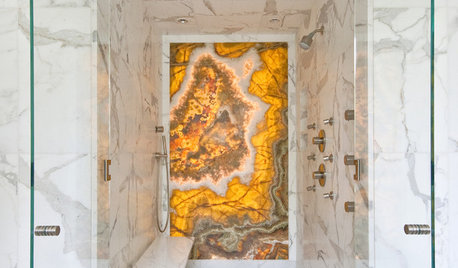
BATHROOM DESIGNHow to Build a Better Shower Curb
Work with your contractors and installers to ensure a safe, stylish curb that keeps the water where it belongs
Full Story
BATHROOM DESIGNHow to Settle on a Shower Bench
We help a Houzz user ask all the right questions for designing a stylish, practical and safe shower bench
Full Story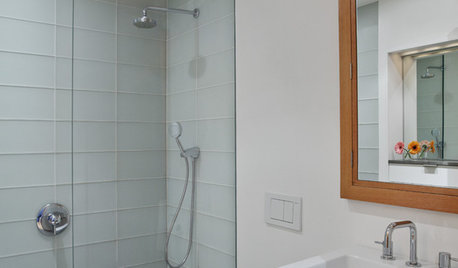
BATHROOM DESIGNConvert Your Tub Space to a Shower — the Planning Phase
Step 1 in swapping your tub for a sleek new shower: Get all the remodel details down on paper
Full Story
BATHROOM DESIGNHow to Choose the Best Drain for Your Shower
Don't settle for a cheap fix when you can pick a shower drain that suits your style preferences and renovation codes alike
Full Story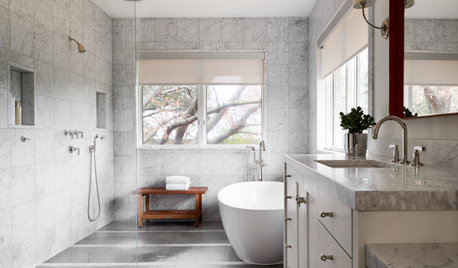
BATHROOM DESIGNDoorless Showers Open a World of Possibilities
Universal design and an open bathroom feel are just two benefits. Here’s how to make the most of these design darlings
Full Story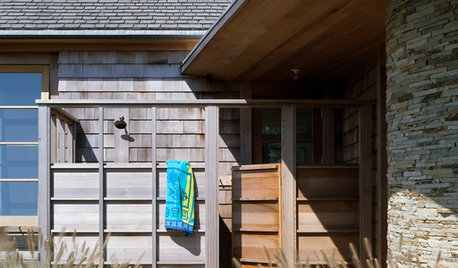
GREAT HOME PROJECTSHow to Add an Outdoor Shower
New project for a new year: Experience bathing in a whole new light with a shower in the fresh air
Full Story
BATHROOM DESIGN21 Dream Showers Let You Soap Up in Style
These sensational showers have it all: spectacular design, luxurious materials and sleek high-tech features
Full Story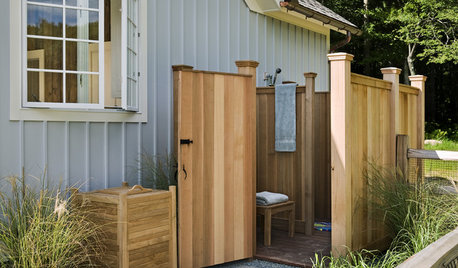
GARDENING AND LANDSCAPING10 Reasons to Love Outdoor Showers
Keep summertime dirt and sand outside with a shower area that turns an everyday routine into an exhilarating experience
Full Story
FLOORSIs Radiant Heating or Cooling Right for You?
Questions to ask before you go for one of these temperature systems in your floors or walls (yes, walls)
Full Story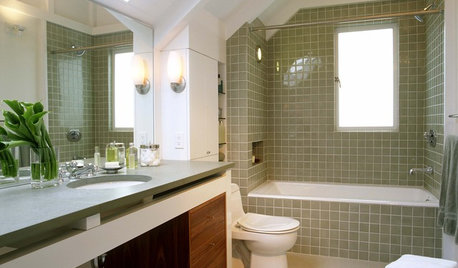
BATHROOM DESIGN12 Things to Consider for Your Bathroom Remodel
Maybe a tub doesn’t float your boat, but having no threshold is a no-brainer. These points to ponder will help you plan
Full Story







alphonse
brickeyee
Related Professionals
Chantilly Handyman · Holden Kitchen & Bathroom Remodelers · Hopewell Kitchen & Bathroom Remodelers · Apex Kitchen & Bathroom Remodelers · Crestline Kitchen & Bathroom Remodelers · Islip Kitchen & Bathroom Remodelers · Lynn Haven Kitchen & Bathroom Remodelers · Park Ridge Kitchen & Bathroom Remodelers · Pasadena Kitchen & Bathroom Remodelers · Placerville Kitchen & Bathroom Remodelers · Saint Helens Kitchen & Bathroom Remodelers · Schiller Park Kitchen & Bathroom Remodelers · Southampton Kitchen & Bathroom Remodelers · Toledo Kitchen & Bathroom Remodelers · Westminster Kitchen & Bathroom RemodelersUser
brickeyee
asolo
User
andaleeOriginal Author
lazypup
brickeyee